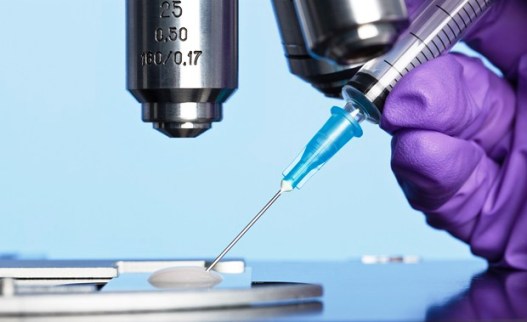
United Kingdom’s first baby named Biagio Russo was born in Oxford using Next-generation DNA sequencing (NGS) method.
This method uses a revolutionary In Vitro Fertilization (IVF) technique resulting in better selection of embryos to transfer during the treatment.
Key facts
NGS also known as high-throughput sequencing is bio medical process that allows doctors to easily choose the embryos which have the strongest chance of growing into healthy babies.
This method helps doctors to move away from traditional manually count and identify problems caused by embryos produced in IVF having the wrong number of chromosomes.
Unlike traditional screening methods, NGS can spot embryos that have more subtle DNA faults, and embryos that have only some cells with chromosomal defects.
Significance: The NGS technique was first used successfully in the USA in 2013 and has huge potential for improving fertility treatments cheaply.
It will help to overcome complications pregnancy due to IVF techniques and has revolutionised the study of genomics and molecular biology.
NGS is widely expected to replace other techniques used in preimplantation genetic screening (PGS) of embryos to produce healthy babies.
It can also be used for wide variety of research applications including variant (mutation) discovery, transcription factor analysis, gene expression, metagenomics, and epigenetics.
Current Affairs 9th May, 2016 Highlights of Union Budget 2016-17 Highlights of Railway Budget 2016-17

Join The Discussion